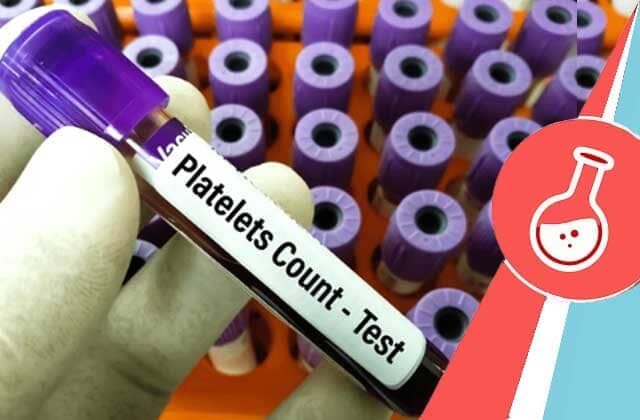
What is the PLT test? What's the PLT normal range?
Time to read 3 min
Time to read 3 min
The PLT test is the platelet count test, and is a required test for several health check-up protocols. The PLT normal range will be able to help you determine whether you have any infections or issues with your bone marrow platelet production.
It's also important to note that in periods of high amounts of infections in the environment, you should get your platelet count checked regularly. This is even more so important when you're managing a chronic condition that can be affected with changing immunity and platelet counts.
The normal platelet count range is between 150,000 and 450,000/mcL of blood in individuals. There are several factors, such as age, gender, prior condition, etc. that can impact the levels of platelets as a normal range in the body.
A platelet count is important to manage, as a low platelet count can lead to issues with clotting and bleeding. You may also have a high platelet count which could be indicative of a risk of blood clots forming.
The number of platelets in your blood or a normal platelet count tracking is important when it comes to symptoms of high platelets. Too many platelets in the blood can lead to issues with thickening and clotting of the blood cells.
Chest pain can be a key indicator that there may be an issue with your blood platelet count. You can experience this as a shooting pain that may extend beyond the chest region. You should get tested to ensure that it is not gas pain.
Chest pain in conjunction with palpitations can be indicative of a cardiac issue or a platelet count issue. You may experience low platelet count symptoms such as palpitations in periods of stress, which can be distinguished by the lack of other symptoms.
Dizziness or feelings of light headedness can also occur when you have a higher PLT range. You can take medication for the dizziness, but you would have to get a test done to check your levels of PLT as well.
You may experience blurry vision, which can be connected to high PLT levels. You can check for other reasons for vision issues, but there may be a circulatory or stress-driven reason for this as well.
You can experience a sense of fatigue and weakness if there is a high PLT level count present. You can also experience this with dizziness, lack of focus, and mood management issues.
You may experience rapid breathing or a lack of complete breathability when there is an issue with platelets. You can experience this respiratory issue if there is an additional risk of illness or low immunity.
A low platelet count production in the bone marrow can lead to issues with excessive bleeding and inflammation related issues.
Bleeding that is excessive and doesn't clot normally, can be one of the major issues of low platelet counts in the body. You can check for your platelet count and start medication if the issue is present.
You may bruise easily, with the skin turning purple and yellowish, depending on the type of bruise. This may be one of the first few signs of low PLT counts, which can be treated with medication and diet change.
This may be one of the first few signs of low PLT levels. You can experience a sense of tiredness with body pain, as there may be an issue with oxygenation as well.
You can get red spots with bleeding on your skin, which can be indicative of an issue with platelet counts or poor healing from wounds. These may appear throughout the body or be present in specific regions.
You can experience an issue with proper focus and concentration on tasks, as you may have a low PLT count. You can also experience issues with focus when you have low blood oxygen levels or other issues.
* * Medical Disclaimer - The following information is for educational purposes only. No information provided on this website, including text, graphic, and images, are intended as substitutes for professional medical advice. Please consult with your doctor about specific medical advice pertaining to your condition(s).

